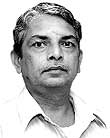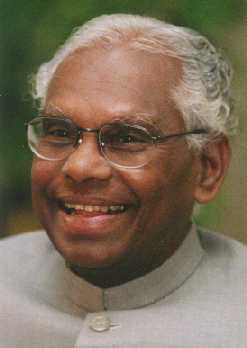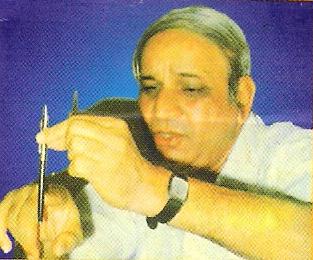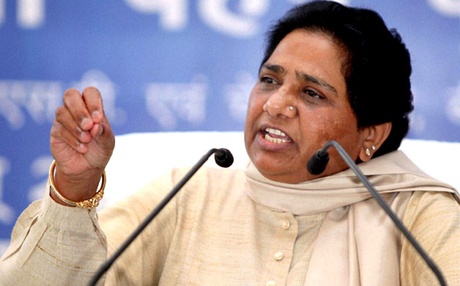Rakshit Sonawane
Till 1994, Kishore was one of those forgotten people who have to struggle to get the minimum necessities in life, and undergo humiliation and abuse from the rich and powerful who have everything in life handed to them on a platter.

An illegitimate son to a tamasha dancer (tamasha being a performing folk art in Maharashtra famous for its dancers who sing ‘laavni’ — raunchy songs), Kishore was born into the Kolhati community. It is a community that survives on tamasha shows and where the girls are groomed to become dancers. The men live on the earnings and generally turn to alcohol.
Kishore wanted more from life. After somehow convincing his family, he went to school. The authorities wanted to know his father’s name so that they could admit him. After a lot of persuasion and delay, Kishore was allowed to use his mother Shantabai’s name as his middle name.
The poverty, superstition, alcoholism and illiteracy that he grew up around gave him the drive to study medicine so that he could do his bit for society in general and his community in particular. With help from his aunt Madhu Kambikar, a Marathi film actress, he enrolled in Grant Medical College, Mumbai, for his MBBS. He was teased and insulted endlessly by more ‘civilised’ children who wanted to know where his father was and what his mother did.
After completing his MBBS, Kishore wrote his autobiography Kolhatyache Por (child of a Kolhati) in 1994, which became a turning point in his life. His family and community ostracised him for portraying them in a bad light. Community leaders said that he was a blot on the community as he had defamed them and their traditional way of life.
The book shook the Marathi literary world with its straightforward narrative and naked revelations. He later wrote a sequel and several other books, but his main passion was to uplift his community and reach out to those who were deprived — tribals, prostitutes, dalits, AIDS patients and so on. He was impressed with the life of Albert Shweitzer, a German doctor who worked with missionary zeal in Africa.
As an author he came in contact with the creme de la creme of Marathi culture and found that the Marathi literary circles had their own coteries based on regions, castes and ideologies. In fact, an interesting anecdote about how his first book got published is this: A reputed Marathi publisher from Pune had sat over the manuscript of his first book for two years, ostensibly because experts who would decide if it was worth printing were reading it. When Kishore came in contact with some other like-minded people, he was asked to get the manuscript back. When he went to Pune, the publisher said that the manuscript was missing. Only after he threatened to file a police complaint against the publisher, the manuscript was returned — within minutes.
Kishore wanted to create an institute and hospital and name them after his mother. He also wanted to treat deprived patients free of charge in his institute. So, he approached the state government for a plot of land in a tribal area, far away from the bustling city. However, the then government headed by Manohar Joshi said that it would provide him land and help him out only if he joined the Shiv Sena and became a member of the legislative council. He refused, saying that he had no interest in politics.
Kishore, instead, asked those in power to post him as a government doctor in some tribal or rural area, where urban-bred doctors were not willing to serve. However, he was posted at Matheran (the hill station where no doctor would refuse to get posted), apparently to teach him a lesson. He served there, but eventually decided to quit.
He set up his own organisation and worked among tribals, prostitutes and slumdwellers. Despite being a qualified allopathic physician, he also used herbs to treat his patients and travelled hundreds of kilometers to search for herbs. He was returning from one such trip, when the ambulance in which he was travelling from Osmanabad to Solapur met with an accident after a tyre burst on February 3. He was hospitalised, but succumbed to brain injuries on February 19.
Kishore wanted to do several things, but he died young — at the age of 37.
He had embraced Buddhism five years ago and wanted his community to give up blind faith and superstitions. His efforts have, however, not gone waste. Now, the Kolhati community wants to educate their children, men have taken up jobs and the number of girls joining tamashas as dancers has reduced.
~~~
[Courtesy: The Indian Express, March 7, 2007]










